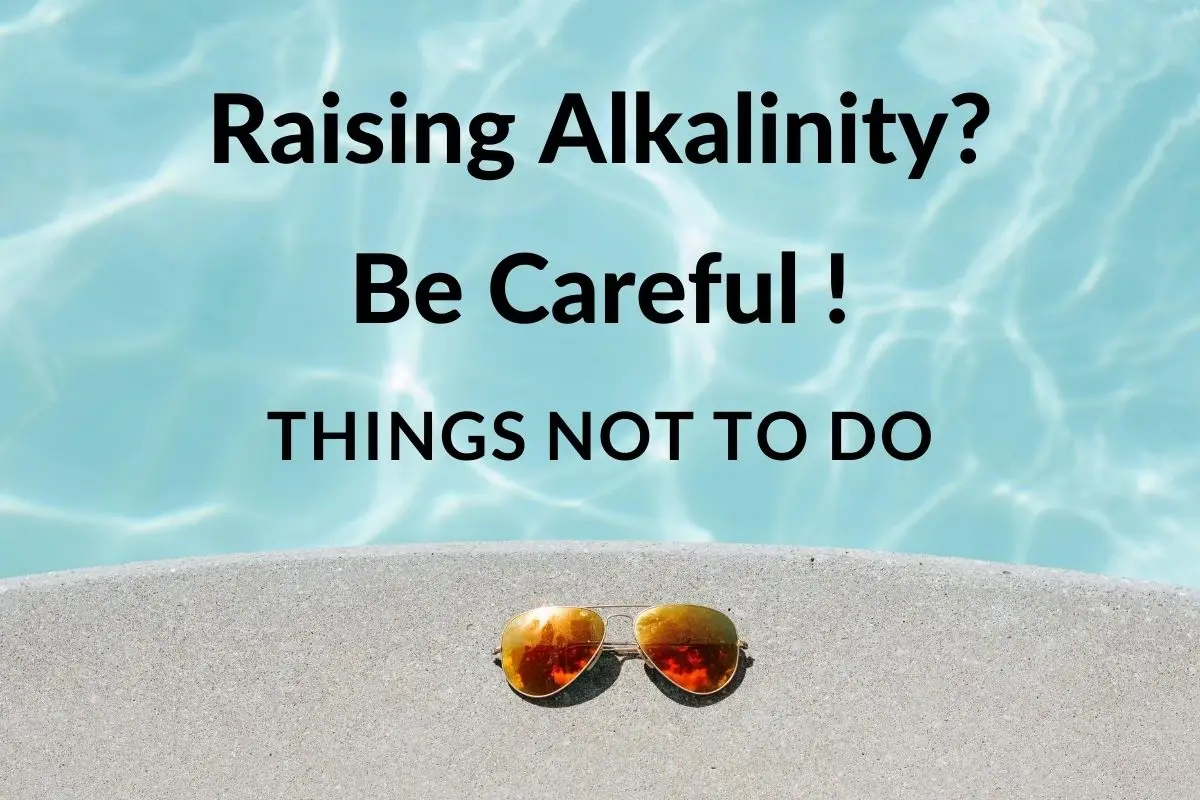Hot Tub to Shower: Is It Really Necessary?
Here are the reasons why it is recommended to shower after using a hot tub, listed in bullet points:
- To remove any chemicals such as chlorine or bromine that may have accumulated on your skin during soaking
- To keep your skin clean and free of bacteria or other microorganisms that may be present in the hot tub
- To prevent any potential skin irritation or infections
- To maintain good hygiene and keep your skin healthy
What do you do After Using a Hot Tub?
Taking steps to care for one’s skin is crucial to ensure skin health and hygiene after soaking in a hot tub. While soaking in a hot tub can be relaxing and is considered to be beneficial for a variety of reasons, it can also inflict a plethora of damage on one’s skin causing rashes, irritation, itching, and more.
Therefore, it is important to shower after using a hot tub in order to rinse off any chlorine or any other remaining chemicals that may be present and causing drying of the skin.
Next, it is important to pat one’s skin dry with a soft towel rather than to rub which causes irritation. After this, a good moisturizer or lotion should be applied in order to rehydrate the skin and lock in moisture from the shower.
Btw, if you are thinking about using hot tubs for your physical recovery, and doubt between hot tubs vs sauna, then you can check this article that list some key differences and solve which one is better for your recovery. You can read the article right here.
Have you Gotten your Hot Tub Accessories this Year?
Honestly, when I experienced a hot tub for the first time, it was good enough for me. It hasn’t gone a lot before I thought how cool it would be to have a drink in my hot tub, watch a game or bring my food with me. I had no idea people already made things for your hot tub so you can do just that. I have a long list of hot tub accessories that might be interesting to you. Click here to read the article.
Can you Get Sick from a Hot Tub?
Hot tubs may cause one to become sick due to the presence of harmful bacteria. Given that they are warm and spend a significant amount of time being covered, hot tubs are the perfect place for bacteria to grow.
Bacteria and pathogens can enter a hot tub by being transferred from skin, air, and even particles of feces. The infections and diseases that can be very minor including:
- skin rashes,
- eye infections
- and ear infections
Or, they can be quite fatal and include pneumonia, intestinal infections, and Norovirus.
However, if proper cleaning methods are used and maintained, using hot tubs is quite safe from bacteria.
What Causes Itchy Skin After Using a Hot Tub?
Harsh chemicals used to treat and clean hot tubs as well as bacteria that may be present in the water are the most common culprits causing itchy skin after using a hot tub.
The best way to prevent this itchiness from occurring is to implement proper cleaning routines in order to rid the hot tub of bacteria and rinse off after coming into contact with the hot tub’s water.
What Happens to your Body in a Hot Tub?
The exposure to high temperatures when soaking in a hot tub allows blood vessels to widen which increases nutrient-rich blood flow to the entire body.
As a result, sore muscles loosen alleviating aches and pains, headaches may be relieved, feelings of relaxation are induced, and blood sugar levels drop.
What Should you not Do in a Hot Tub?
In order to ensure the health and safety of all hot tub users, there are roughly ten activities that should never, ever take place, and they include:
- Drinking alcohol
- Using drugs of any sort (even prescriptions)
- Soaking in the water with an open sore, rash, or infection
- Using bubble bath
- Leaving those under the age of eighteen unattended
- Soaking in the water during a thunderstorm
- Sitting in a warm hot tub longer than the suggested ten to fifteen minute period
Are Hot Tubs Full of Germs?
Hot tubs, especially those being used by large amounts of people, that are not cleaned frequently and properly harbor large amounts of harmful bacteria.
This is due to the easy exposure to bacteria and warm conditions that promote its growth.
Are Hot Tubs Bad for your Heart?
Soaking in a hot tub can be dangerous for those who suffer from heart conditions. This is due to the fact that hot tubs cause an increase in one’s heart rate and pulse which may result in inadequate blood pressure, dizziness, nausea, atypical heart rhythms, and even heart attack.
Is it Safe to Get in a Green Hot Tub?
If a hot tub’s water is green, it is not safe for use. However, the green color is often a result of one of two things. The off-putting color can be caused by either the presence of bacteria-containing algae or a high presence of copper within the water.
The germs in algae can quickly cause one to become ill, and the high levels of copper may cause skin irritation. Therefore, the hot tub should not be used until proper cleaning methods are applied.
Have You Considered Switching From
Chlorine To Bromine?
There’s been a trend where people are switching from chlorine to bromine. I feel there is not a lot of information about that transition and how to go about it since you can’t mix the two. I have addressed the most common misconceptions about this in the following article.
Should you Wear a Bathing Suit in a Hot Tub?
Bathing suits should be used in hot tubs. However, proper precautions should be put into place. For instance, any bathing suits used when soaking in a hot tub should not be exposed to any other waters such as oceans, lakes, and ponds.
These waters contain minerals and other biological agents not found in hot tubs. In addition, bathing suits should be free from common skincare products such as sunscreen, lotions, and oils.
If exposed to foreign contaminants and bacterias found in other waters and products, bacteria is likely to grow and cause illness in any hot tub users.
Can you Catch Anything from Hot Tubs?
Unfortunately, hot tubs are an easy place to contract diseases and illnesses due to bacteria found in the water. As a result, it is very common for people to become sick after spending time soaking in a hot tub, especially one available for public use.
When treating a hot tub, there are three major bacteria and parasites to be aware of and actively prevent. There are the Crypto parasite, Legionella bacteria, and Pseudomonas bacteria, and they are by far the pathogens most commonly found in hot tub waters.
If one comes into contact with any of the three, they are likely to experience symptoms including pneumonia, flu-like symptoms, hot tub rash, swimmer’s ear, severe diarrhea, and more.












